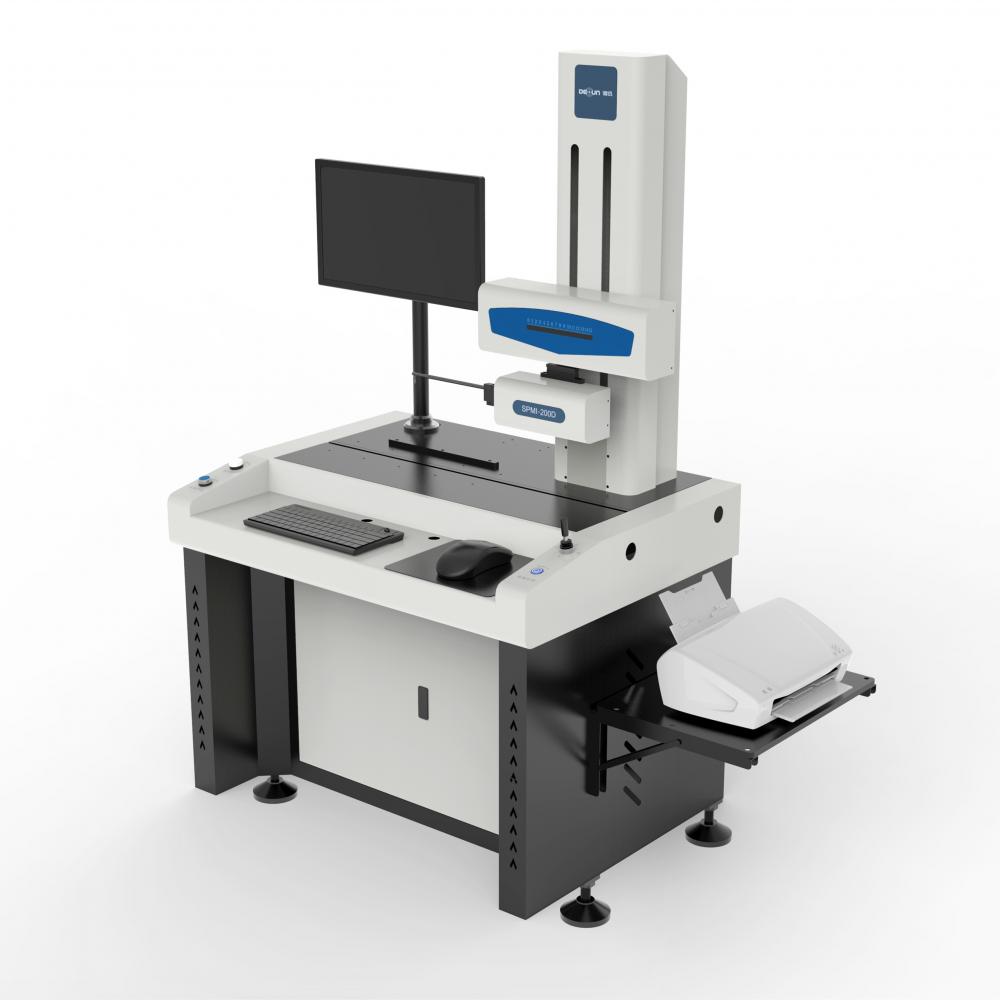Broccoli deficiency
Symptoms Broccoli growth and development in addition to the three elements of nitrogen, phosphorus, and potassium, the need for boron, magnesium, calcium and other trace elements. In the absence of boron, the stem becomes hollow or the interior of the flower ball is cracked, and brown spots appear on the flower. This causes bitterness, death of the top bud, hard texture, and loss of food value. The calcium deficiency exhibited small buds, dark color, and yellowing during flower bud development. The three nitrogen-deficient plants are dwarf, the leaves are light green and gradually yellow, and some of the broccoli stems and leaves turn orange to purple, with slow growth or premature aging. Four phosphorus leaves appear slightly red. Five deficient potassium leaves shrank, leaves rewinded, and cauliflower matured unevenly. Six deficient magnesium leaves were partially chlorotic with pale green spots.
Etiology Deficiency of boron in the soil, lack of calcium or high temperature and humidity affect the absorption of calcium, leading to calcium deficiency; lack of nitrogen before the application of a small amount of organic fertilizer or low nitrogen content in soil, rainfall, multi-nitrogen leaching; phosphorus deficiency soil pH value Low phosphorus content, soil compaction and low temperature affect the absorption of phosphorus; Potassium-deficient sand and other low potassium content, production of potassium fertilizer supply is insufficient, or excessive use of lime fertilizer, inhibit its absorption of potassium.
Prevention methods (1) When boron is deficient, apply borax 0.7-lkg per 667 square meters, timely watering, and increase the content of soluble boron in the soil to facilitate absorption and utilization by broccoli. In case of emergency, 0.1% to 0.25% borax aqueous solution can be sprayed. (2) When calcium deficiency occurs, slaked lime is applied to 80 to 100 kg per 667 square meters, and it is necessary to deepen it to distribute it in the root layer to facilitate its absorption. In case of emergency, 0.3% calcium chloride aqueous solution may be sprayed once every 5 days. (3) When there is a shortage of nitrogen, topdressing available nitrogen fertilizers, such as urea, ammonium bicarbonate, etc., or using 0.3% urea solution for foliar spray fertilizer, can quickly turn stems green. (4) Water shortage should be combined with water. Topdressing quick-acting phosphate superphosphate or diammonium phosphate. Can also be used 2% superphosphate calcium leachate foliar spray fertilizer. (5) When potassium deficiency is combined with watering, apply 5 to 10 kg of potassium sulfate or potassium chloride per 667 square meters or l00 kg of vegetation ash, and spray 200-250 g of potassium dihydrogen phosphate in emergency, 50 kg of water, and 0.4% ~0.5% aqueous solution. Promote the application of silicate bacterial biopotassium fertilizer or "Yiyi" microbial active organic fertilizer 300 times or Yunda 120 plant growth regulator 3000 times, 1.8% love more than 7000 times liquid agent. Can also be used Green Fertilizer 50 ~ 80kg/667 square meters hole.
Disclaimer: Some articles in this website have been transferred from the Internet. If you are involved in third party legal rights, please inform this website. phone
Roughness Measuring Instrument
Roughness meter, also known as surface roughness meter, surface smoothness meter, surface roughness tester, roughness measurement meter, roughness tester, and other names. It has the characteristics of high measurement accuracy, wide measurement range, easy operation, portability, and stable operation. It can be widely used for the detection of various metal and non-metal processing surfaces. This instrument is a pocket instrument that integrates sensors and hosts, with handheld characteristics, making it more suitable for use in production sites. The exterior design is sturdy and durable, with significant resistance to electromagnetic interference, in line with current design trends.

The application fields of roughness meters include:
1. Mechanical processing and manufacturing industry, mainly metal processing and manufacturing. Roughness meters were originally developed to detect the surface roughness of machined parts. Especially, stylus type roughness measuring instruments are more suitable for detecting hard metal surfaces. For example, the automotive parts processing and manufacturing industry, the mechanical parts processing and manufacturing industry, and so on. As long as these processing and manufacturing industries involve the surface quality of workpieces, the detection application of roughness meters is essential.
2. In the non-metallic processing and manufacturing industry, with the progress and development of technology, more and more new materials are applied to processing processes, such as ceramics, plastics, polyethylene, etc. Some bearings are now made of special ceramic materials, and pump valves are made of polyethylene materials. These materials have a hard texture, and some applications can replace metal materials to make workpieces. During production and processing, their surface roughness also needs to be tested.
3. With the continuous strengthening and improvement of the technology and functions of roughness meters, as well as their in-depth promotion and application, more and more industries have been found to require roughness detection. In addition to mechanical processing and manufacturing, roughness evaluation is also required in the production and processing of power, communication, electronics, such as couplings on switches, integrated circuit semiconductors, and even stationery, tableware, and other products used in people's daily lives The surface roughness of human teeth needs to be tested.
Roughness Measuring Instrument,Surface Roughness Tester,Roughness Tester,Mitutoyo Roughness Tester
Zhejiang dexun instrument technology co., ltd , https://www.dexunmeasuring.com